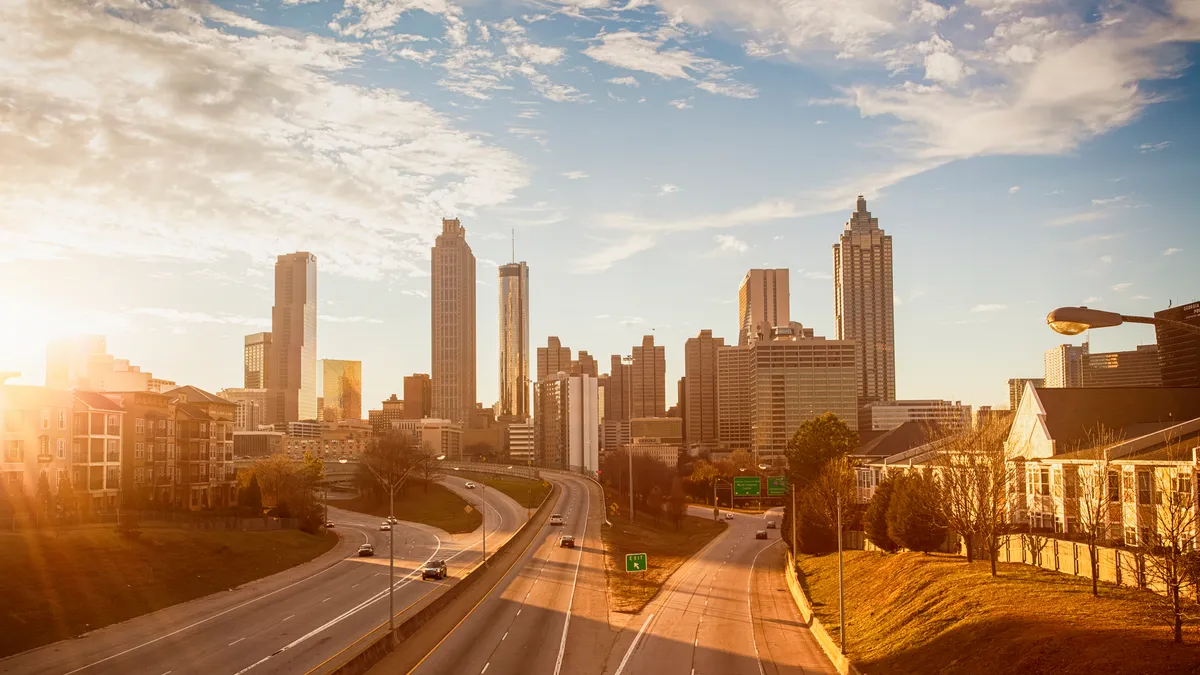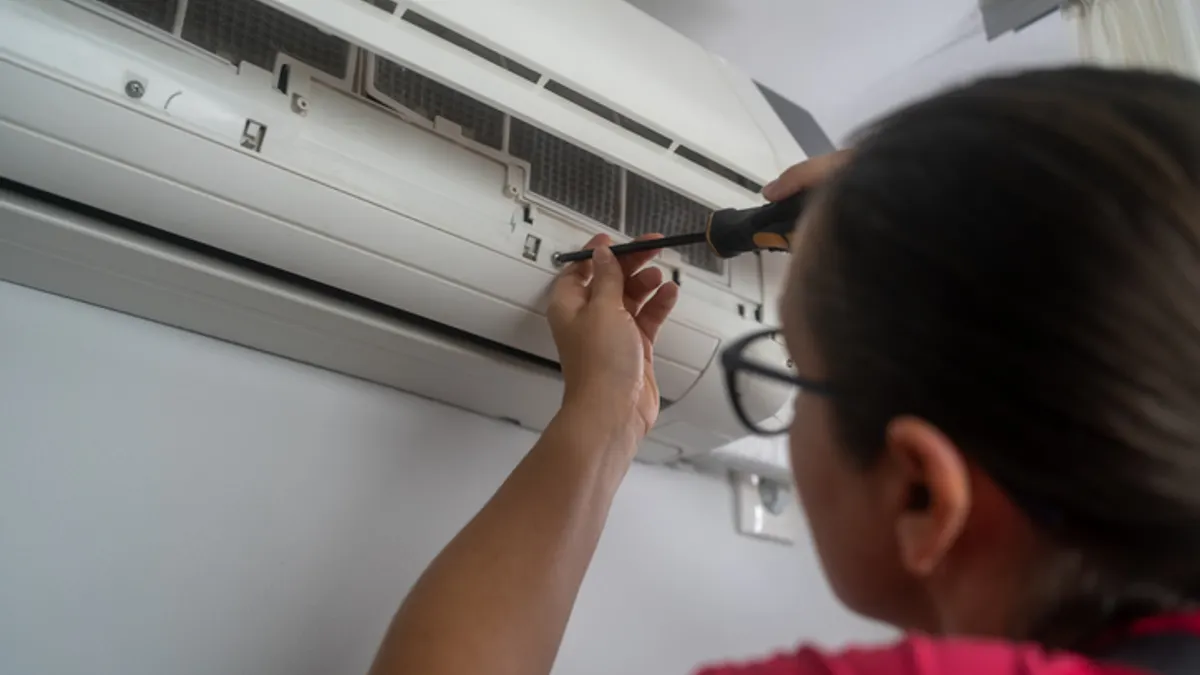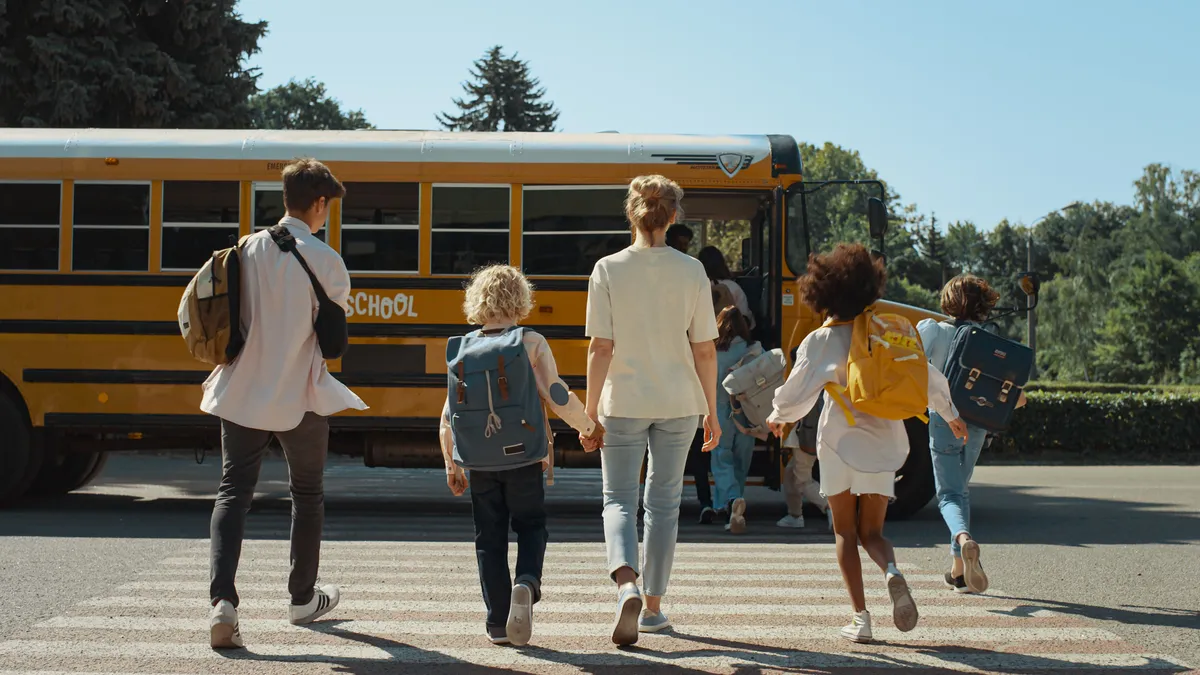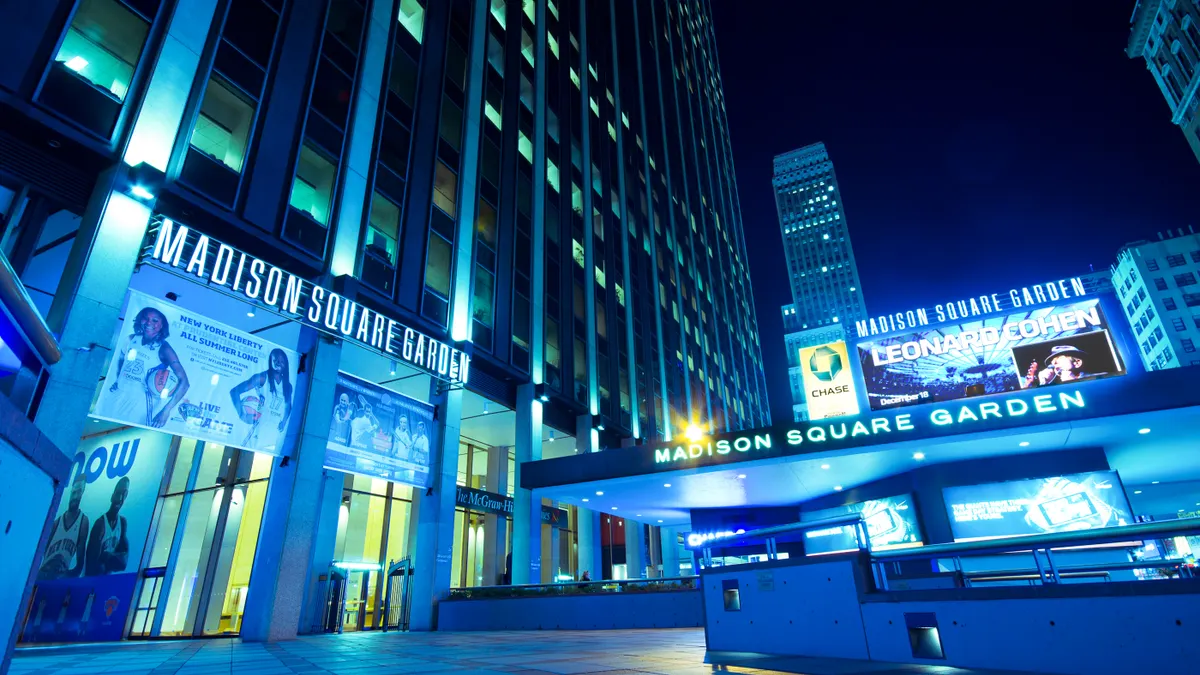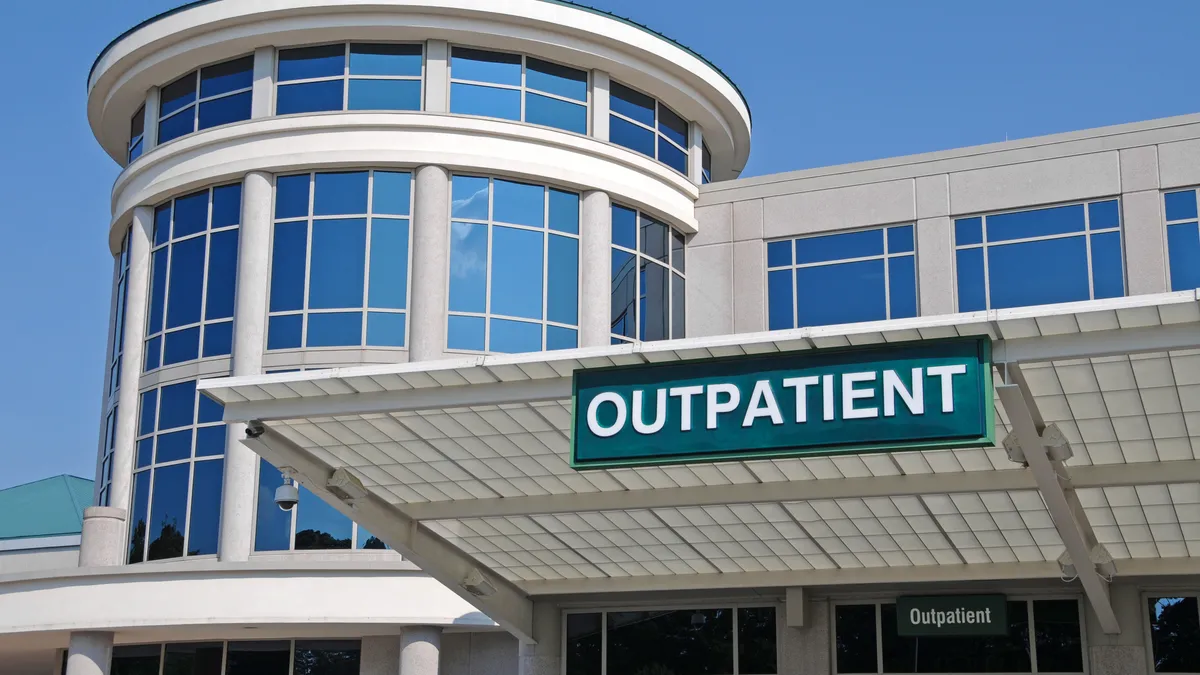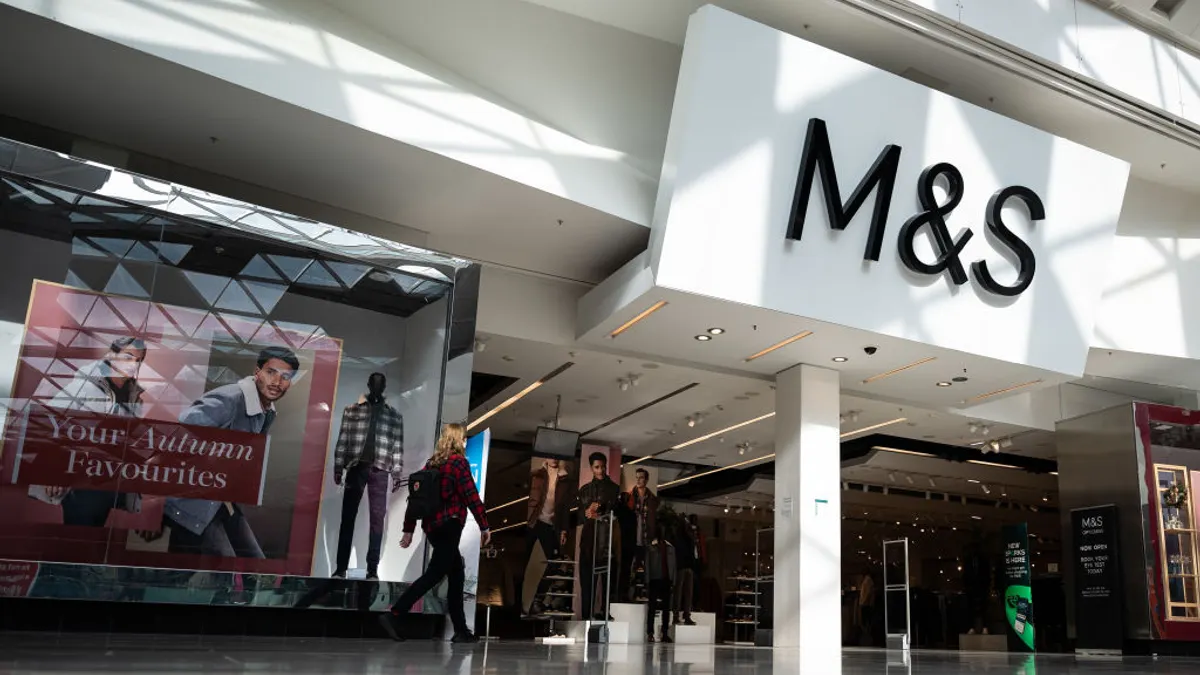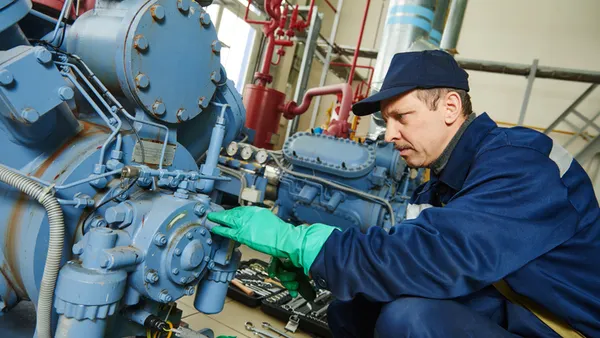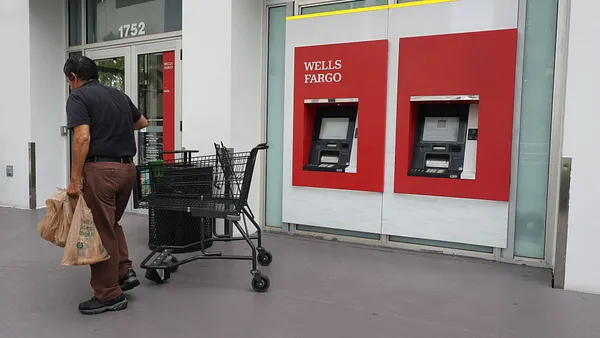Atlanta has long been known for its heat, earning itself the moniker “Hotlanta” more than 60 years ago. But the temperature has lately kicked up a notch. The city was hit by a dangerous heat wave during July and experienced its hottest week of the year at the end of August.
When it gets hot under the collar, facilities managers must keep buildings cool and ensure that heating, ventilation and air conditioning systems are running properly.
“We expect buildings, especially office buildings, to be a respite from the heat,” Tyler Smith, vice president of healthy buildings at Johnson Controls, said in an interview. “We, as workers, should be able to expect the offices that we are asked to come into actually have the heating and air conditioning systems necessary to keep us comfortable.” That means ensuring that maintenance plans follow manufacturers’ guidelines “to make sure that they’re cooling properly and keeping people safe from heat waves,” he explained.
While some building and facilities operators use mechanical systems to bring fresh outdoor air into buildings to combat indoor air quality concerns and meet ventilation guidelines, this practice can create “pathways where outside air can get inside more easily,” Smith said. As a result, weatherization is crucial, Smith noted. This could be as easy as inspecting windows and sealing leaks or as “complex and somewhat expensive as retrofitting windows with glass that keeps heat outside of the building.”
Technology tools
The role of facilities managers comes down to balancing the three sides of a triangle, according to Randy Fink, Atlanta-based managing director of property management at JLL. “We’ve got comfort and then cost, and then the building's abilities or capabilities with occupancy and trying to get people to return to work,” he said.
“The reality is that [balance] is even more important now, with the effects of extreme weather,” Fink said. In addition to managing growing utility costs, facilities leads have to ensure that buildings can respond to severe weather conditions. “It’s just even harder and harder,” he said, but he noted that technology can help.
Technology has improved efficiency for tenants by optimizing traditional cooling methods, like opening windows or using blinds and shades, including mechanized shades,to help manage the light and heat filtering in through windows, Fink said.
Just knowing, for example, where the set points are for the day on an HVAC system, or knowing what kind of fresh air intake is necessary “[is] where artificial intelligence and technology are helping buildings adapt moment to moment,” he said.
That adaptability is increasingly important for Atlanta, Fink said, because the region is experiencing increasing extremes on both ends of the temperature scale and faster fluctuations in the middle. “The plan for 2019 may not be the plan that we need for 2022, and the need to revise the plan mid-season or mid-day, as opposed to revisiting every year or two years, is increasingly relevant,” he said.
Stacy Shirley, senior vice president and regional engineering manager at JLL agreed with Fink that it’s getting harder to assess weather from an engineering perspective on a day-to-day basis. “Suddenly, you don’t have the benefit of having an energy management system … so you have to be a little more manual,” she said, due to weather acting outside of patterns the system may be expecting. “And the shoulder seasons have changed. They’re not as predictable. [Building needs] go from heating to cooling sometimes more than they did two or three years ago,” Shirley said.
Facilities management teams can implement some building-cooling strategies and processes with relative ease and speed, as many do not require large investments, Fink said. These upgrades, such as window films or daylight harvesting controls, could come out of a tenant improvement allowance and not necessarily a capital budget and can lower temperatures and improve tenant experience.
Exterior efforts
Shirley and Fink also noted several exterior capital improvements, like reflective roofs and green spaces, that facilities managers can implement to improve energy efficiency and keep occupants cool.
“As property managers, we want to be planning five years to 10 years out, but we're also having conversations with our vendors on what the latest [cooling] technology out there [is] and educating our clients on what the opportunities are when we do these projects,” Shirley said. For example, “We're seeing more green roofs,” she said. “They tapered off 10 years ago, [but] I'm seeing a lot more of the green roof solutions and projects designed to eliminate that heat effect on the roof.”
The roofs were so popular during the early 2000s that whenever a project could afford one, it would get constructed, according to Josh Daniel, director of landscape architecture and associate principal at design firm Cooper Carry.
“I think green roofs are fantastic,” Daniel said in an interview. “They really do a fantastic job of helping with transpiration and cooling of a building, [as] they're designed to absorb sunlight,” he said. “Nine times out of 10 we are trying to take the best elements of sunlight, which is daylight — the positive feeling that brings into a space — but we don't want the heat.”
Since the trees, shrubs, grasses and perennials on a green roof are photosynthetic, they absorb that sunlight and act as heat sinks, mitigating the heat that transfers into a building, Daniel explained. “They're made to be in sunlight, where we mostly [are] trying to keep the sunlight from beating up on us too much,” he said.
Green roofs are more suited for new construction, however, he noted. “It's much easier to do [in new construction] than to retrofit an existing building for a green roof, particularly because, nine times out of 10, the structural design [doesn't] account for the added weight of water and soil and plants on top,” he said.
Green design can still be implemented in existing buildings, but it requires a thorough site analysis to determine building-specific opportunities for bringing in plants and other elements that can lower building heat and increase sustainability, Daniel said.
He cited a hypothetical example of an older building that is located in a dim setting but may have more natural light on its west side. In the example, he said, more vegetation could be planted on that side to mitigate the heat impact.
While it is almost always easier to plan for a hotter climate in new construction, Daniel believes that dealing with older buildings is “always a lot more fun because it’s a puzzle, and you have the pieces. It’s just a question of which pieces you can use and how you can make the best use of that building.”
Correction: A previous version of this article misstated the author's name. The author is Joe Burns.


